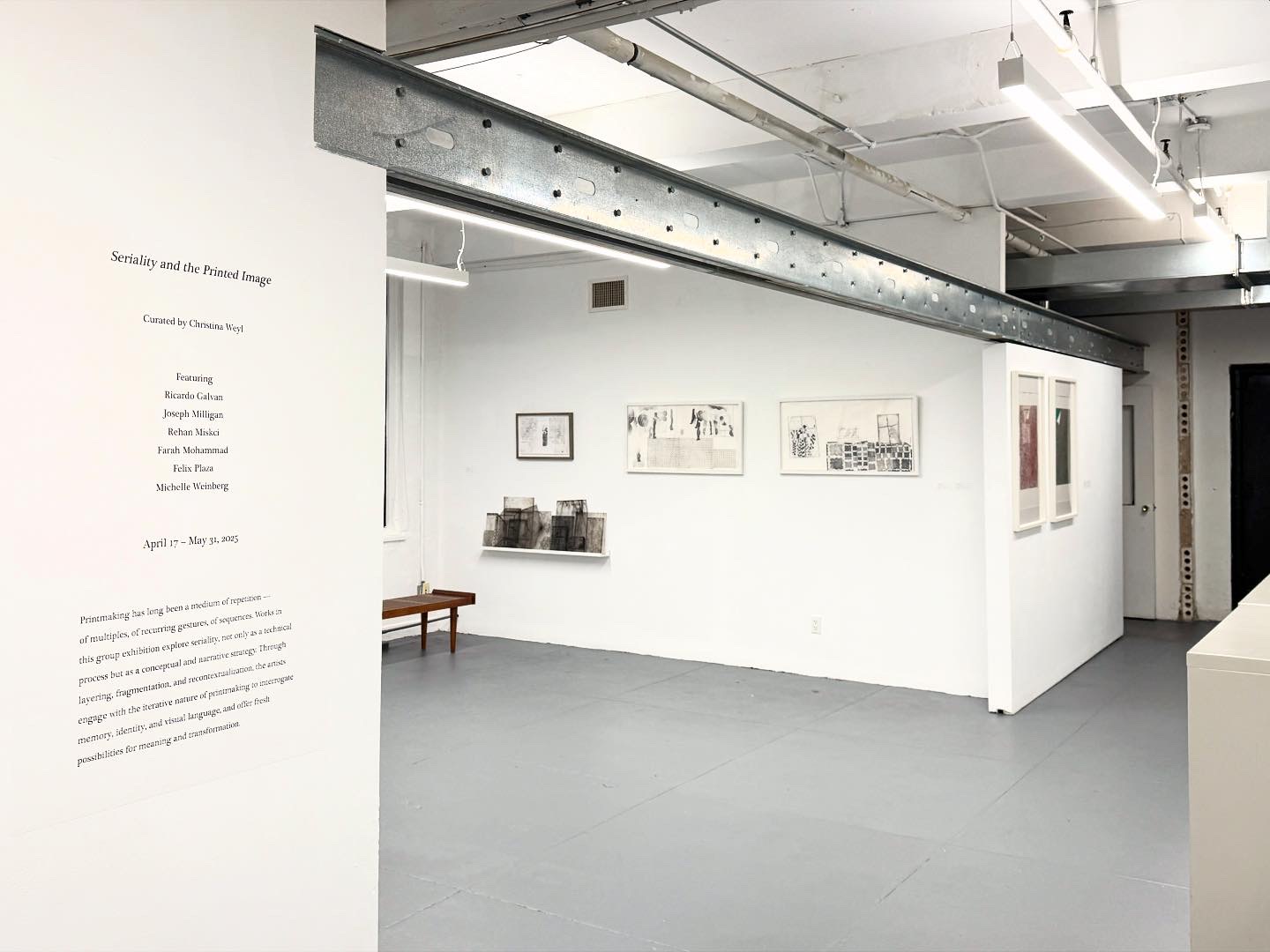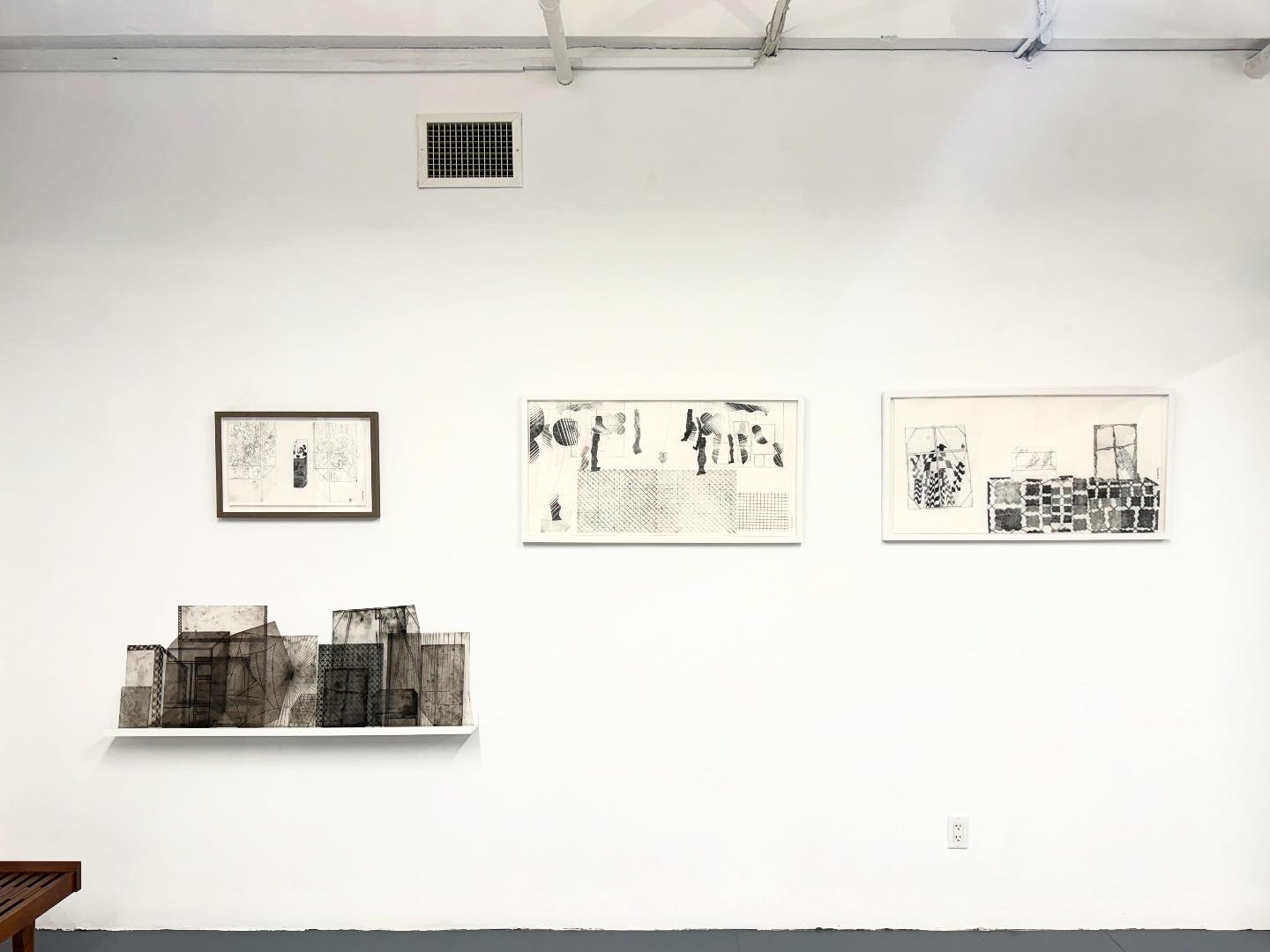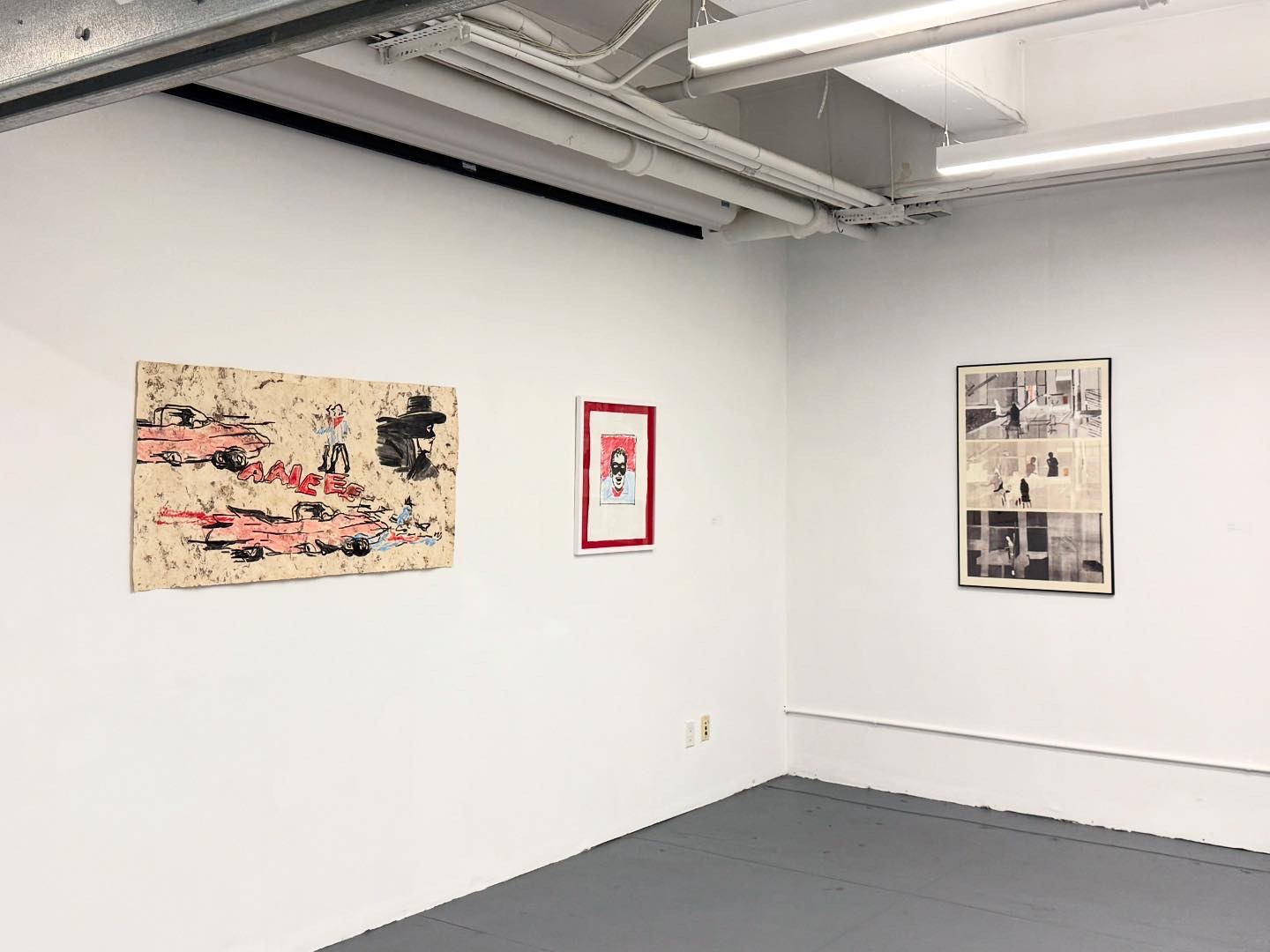Seriality and the Printed Image
Lower East Side Printshop is pleased to present Seriality and the Printed Image, guest curated by Christina Weyl. The exhibition includes recent works by six artists: Ricardo Galvan, Joseph Milligan, Rehan Miskci, Farah Mohammad, Felix Plaza and Michelle Weinberg. It will be on view from April 17 through May 30.
Join us at the opening reception on Thursday, April 17, 6-8pm!
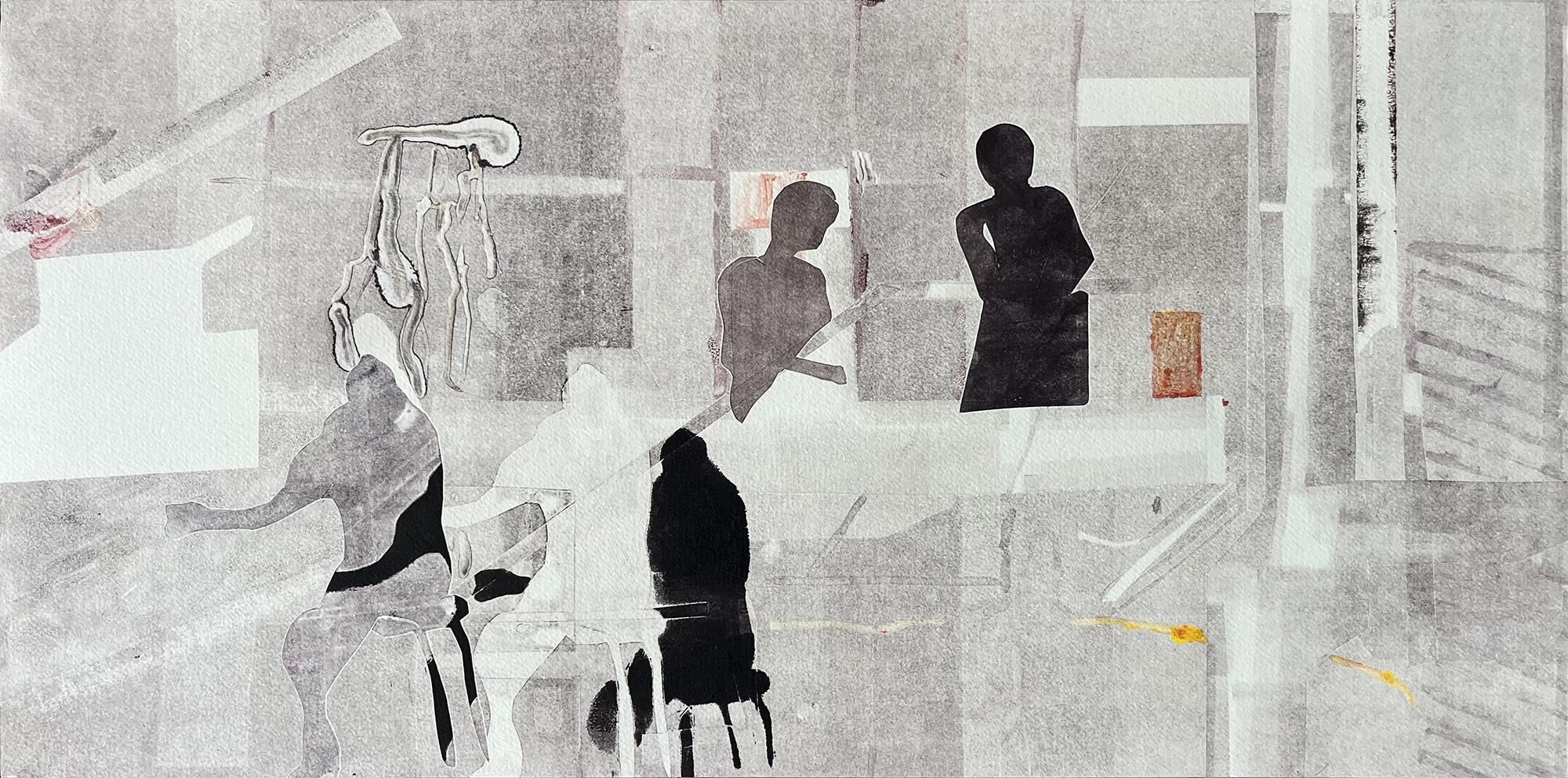
Printmaking has long been a medium of repetition—of multiples, of recurring gestures, of sequences. The selected works in this group exhibition at Lower East Side Printshop explore seriality, not only as a technical process but as a conceptual and narrative strategy. Through layering, fragmentation, and recontextualization, these artists engage with the iterative nature of printmaking to interrogate memory, identity, and visual language.
Farah Mohammad’s works embrace seriality through architectural deconstruction. Her prints map emotional landscapes through the layering of shapes and structures, transforming personal spaces into dynamic compositions that resonate with history and resilience. Her process mirrors how memory itself operates—fluid, shifting, and never wholly fixed. The repeated act of breaking down and rebuilding imagery reflects an ongoing negotiation with the past.
Similarly, Michelle Weinberg employs what she describes as various “engines of drawing” to explore the tensions between the handmade and mechanical and digital reproduction. Her drypoint etchings and carbon transfer drawings generate ghostly, imprinted traces and, through this spectral repetition, animate familiar forms. In her work, motifs reappear, much like actors returning to the stage. The use of repeated images suggests a visual language in flux, where each iteration carries the memory of previous marks, accumulating meaning over time.
Joseph Milligan’s approach to seriality is material and perceptual. His silkscreen prints simulate peeling surfaces, hand-marbled papers, and layered textures, playing with the illusion of depth and materiality. The suggestion of erasure and exposure points toward the ephemeral nature of images in the public sphere—newspaper pages, posters, urban surfaces constantly being replaced and overwritten. Milligan’s practice raises questions about what remains and what disappears in visual culture.
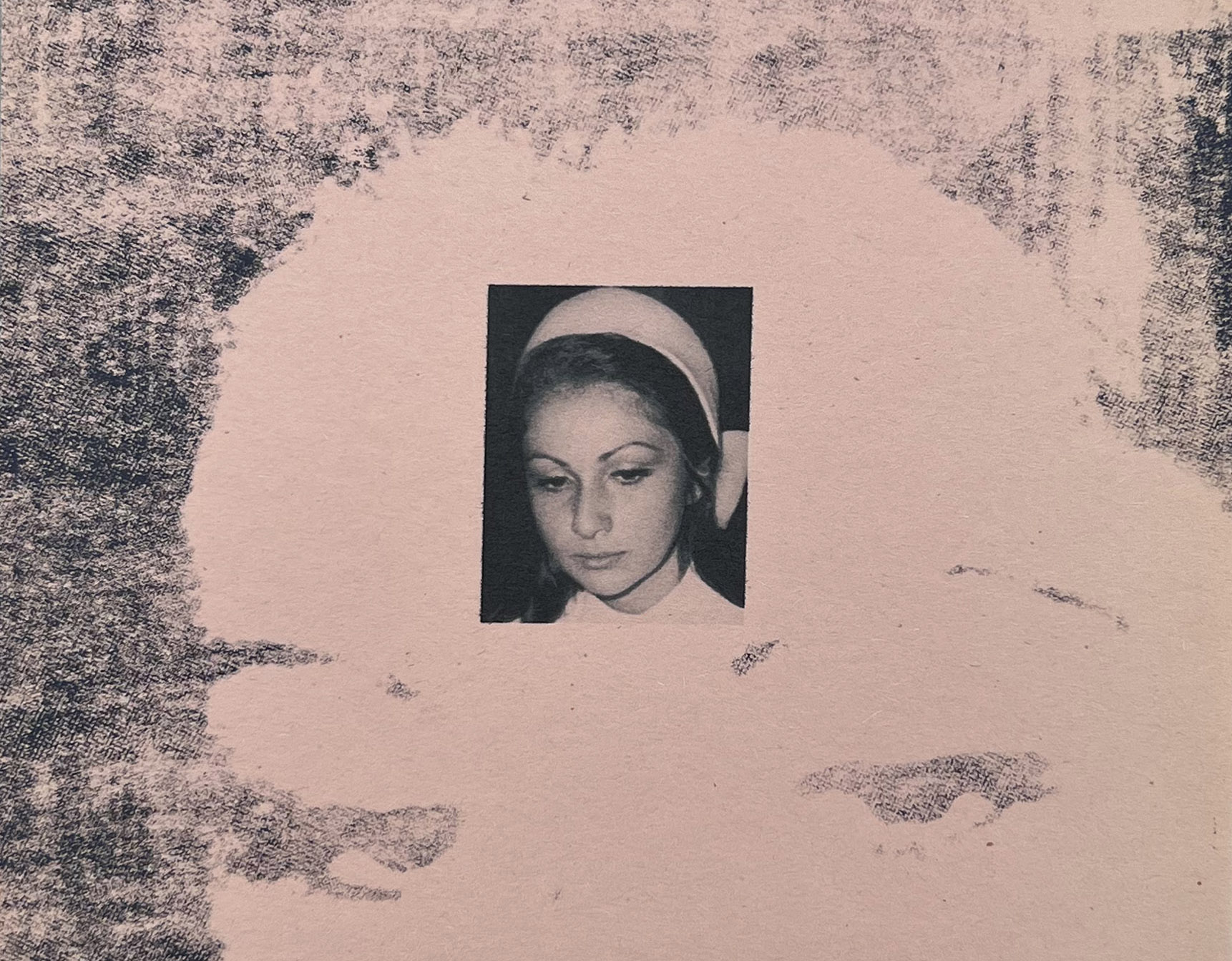
Rehan Miskci’s layered prints explore seriality through historical and personal narratives. Superimposing the identities of two women—Suzan Sonmez, the artist’s mother, and Suzan Sozen, who had a high-profile place in Turkish politics—Miskci constructs prints which imagine their overlapping lives. Besides a shared name, Somnez and Sozen also attended the same high school and were consecutive inhabitants of the same house in Istanbul. The serial repetition of names, locations, and textual fragments creates an ambiguous space where history folds into the present, collapsing linear time and emphasizing the cyclical nature of personal and political histories.
Ricardo Galvan’s prints engage with seriality through cultural remixing. His works manipulate popular symbols, such as Superman, in ways that challenge and subvert fixed notions of identity. By reconfiguring these familiar images in new contexts, he generates a layered visual discourse on hybridity and belonging. The repetition and alteration of cultural icons reflect the shifting, negotiated experience of the artist’s Mexican-American identity.
Felix Plaza’s PANOPLIA series extends seriality into cultural representation. By assembling diverse images under a single conceptual umbrella, Plaza creates a visual archive of historically marginalized identities. His gum bichromate prints serve as both homage and reclamation, resisting singular narratives in favor of a plural, dynamic approach. Seriality here functions as a method of resistance, affirming the complexity and endurance of cultural traditions.
Taken together, these works highlight how seriality in printmaking is more than just mechanical repetition. It becomes a means of storytelling, a way of grappling with personal and collective histories, and a strategy for engaging with the circulation of images in contemporary visual culture. Whether through architectural memory, performative mark-making, cultural reappropriation, or the layering of temporalities, these artists demonstrate how print’s iterative nature continues to offer fresh possibilities for meaning and transformation.
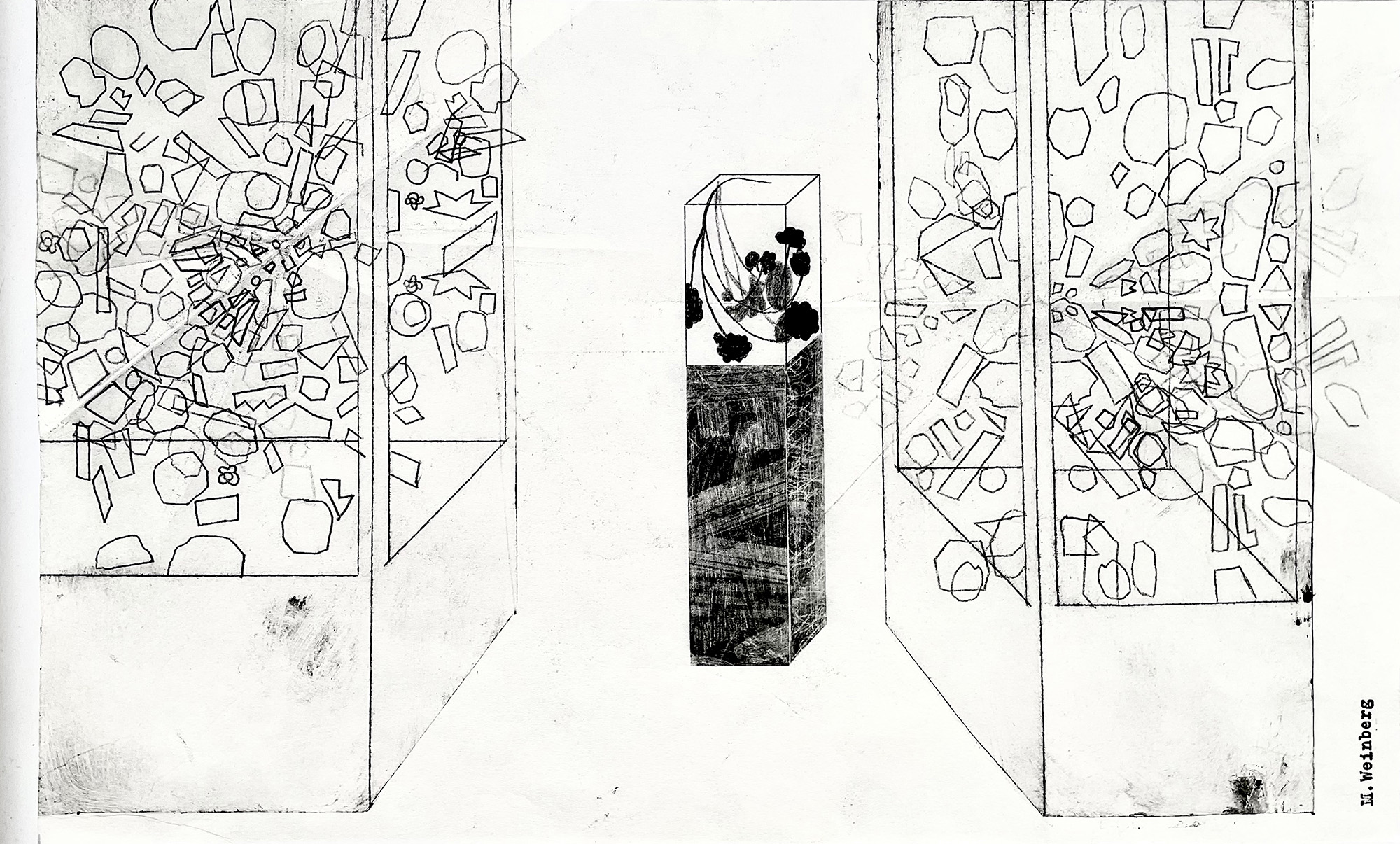
About the Curator
Christina Weyl is a New York-based curator. She has organized numerous exhibitions and published widely about twentieth-century printmaking and women artists. Most recently, she curated A Model Workshop: Margaret Lowengrund and The Contemporaries, which was on view at Print Center New York in fall 2023.
Weyl maintains a deep interest in Atelier 17, the avant-garde printmaking studio, and has recently founded The Atelier 17 Project, a non-profit organization that advocates for projects commemorating the centennial of the workshop’s founding in 1927. Her book, The Women of Atelier 17: Modernist Printmaking in Midcentury New York (Yale University Press, 2019), highlights nearly 100 women artists who advanced modernism and feminism at Atelier 17 when it was located in New York City between 1940 and 1955.
In 2014, she co-founded the Association of Print Scholars, a non-profit professional organization. She holds a PhD in art history from Rutgers University. Prior to graduate school, she worked Gemini G.E.L. at Joni Moisant Weyl, which represents the publications of the Los Angeles–based artists’ workshop Gemini G.E.L. Weyl is on the board of the Lower East Side Printshop.
